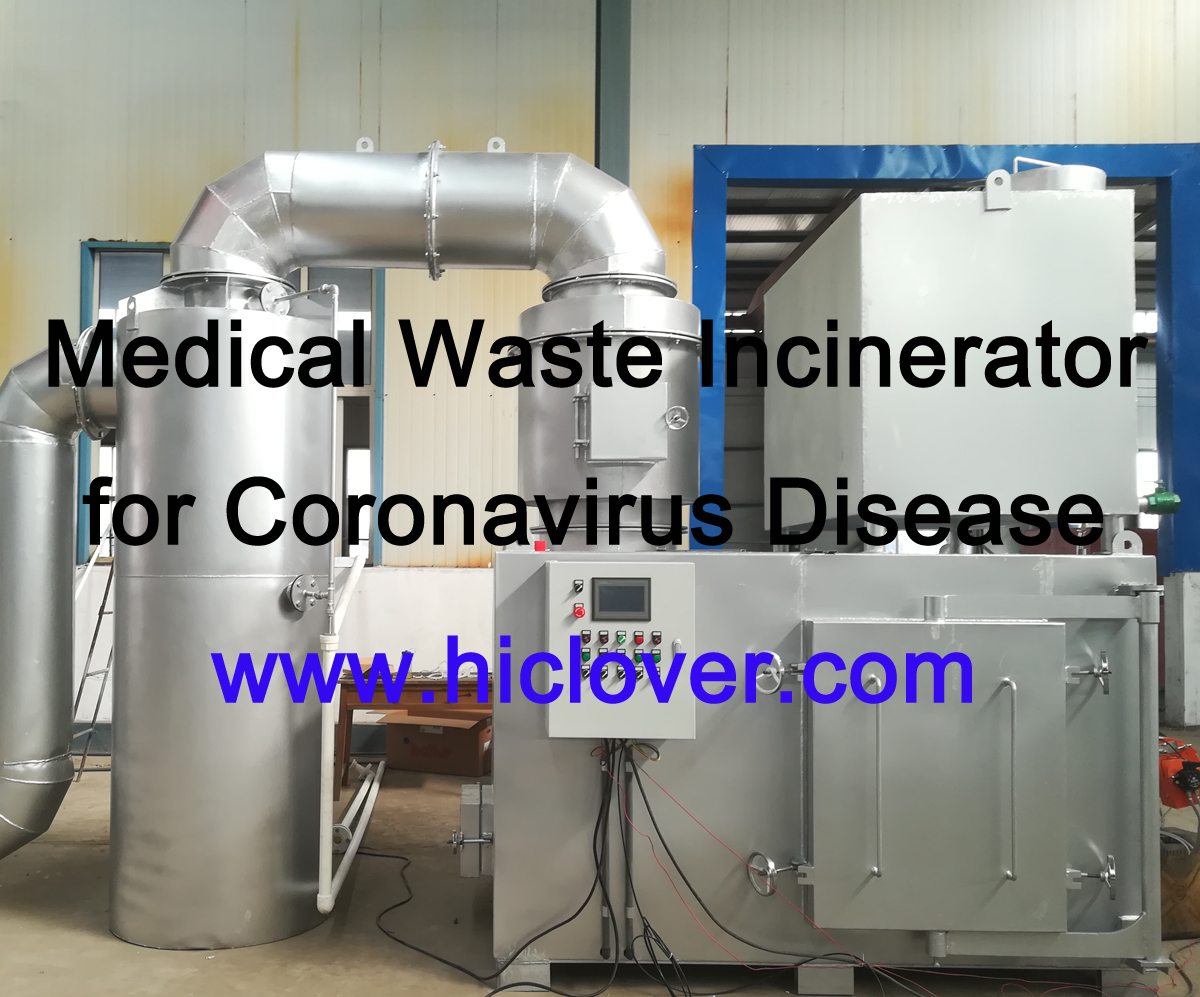Incineration is a method commonly used for the disposal of hazardous waste. While it offers several benefits, it also has its drawbacks. Understanding the pros and cons of incinerating hazardous waste is essential to making informed decisions about waste management.
One of the key benefits of incinerating hazardous waste is that it can reduce the volume of waste significantly. Through the process of combustion, the waste is converted into ash, gases, and heat. This can result in a 90-95% reduction in the volume of the original waste, making it easier to handle and dispose of. Additionally, incineration can also destroy toxic substances, pathogens, and other harmful materials, reducing the risk of contamination to the environment and public health.
Furthermore, incineration can generate energy through the recovery of heat from the combustion process. This energy can be used to power industrial processes or produce electricity, thus contributing to the overall reduction of fossil fuel consumption and greenhouse gas emissions. In some cases, incineration can also be a more cost-effective method of hazardous waste disposal compared to other options such as landfilling or chemical treatment.
However, incinerating hazardous waste also has its drawbacks. One of the main concerns is air pollution. The combustion of hazardous waste can release harmful pollutants such as dioxins, heavy metals, and other toxic substances into the atmosphere. These pollutants can have detrimental effects on human health and the environment, posing a significant risk to nearby communities. In addition, the ash produced from incineration may contain residual hazardous materials, which can pose a disposal challenge.
Another drawback of incinerating hazardous waste is the potential for the release of greenhouse gases such as carbon dioxide and methane. While energy recovery from incineration can help reduce fossil fuel consumption, the process still contributes to overall greenhouse gas emissions, which can contribute to climate change.
Furthermore, there is also the issue of public perception and community concerns surrounding incineration facilities. Many people are wary of having such facilities in their neighborhoods due to the potential health and environmental risks associated with air pollution and ash disposal. This can lead to public opposition and regulatory hurdles when it comes to establishing and operating incineration plants.
In conclusion, incinerating hazardous waste offers benefits such as waste volume reduction, energy recovery, and the destruction of harmful substances. However, it also comes with drawbacks such as air pollution, greenhouse gas emissions, and public opposition. When considering the disposal of hazardous waste, it is important to weigh these pros and cons carefully and consider alternative methods of waste management that may be more environmentally friendly and socially acceptable. Ultimately, a combination of different waste management strategies may be the most effective approach to handling hazardous waste.



